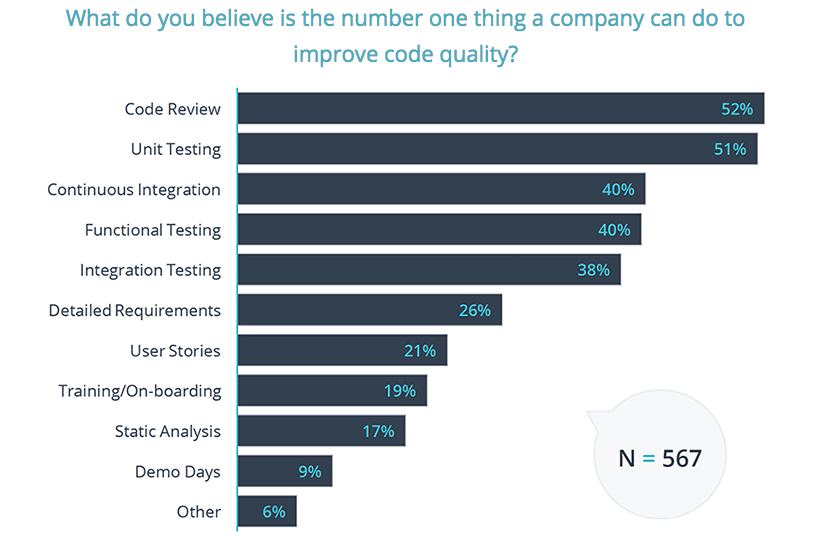Where is the bailout for the American software industry? When virtually every financial institution and automobile maker has their hand out waiting to see what the American government can do for them today, it may be helpful to take a closer look at what the government has already done.
The growth and success of a software company rests on its ability to be innovative and stay ahead of the curve. In 1981, in the wake of a recession, the U.S. Congress enacted a Federal tax credit designed to spur domestic investment in research and development. Why is that important to software developers? Because in the tax code, the development of software is defined as a qualified research activity.
Fortunately, since 1981, lawmakers have continued to update, expand, refine and renew the research and development tax credit, which is now one of the most lucrative tax credits available to the software industry. While this credit has been around for a long time, recent changes to the regulations that interpret the credit have helped to make it available to thousands of additional taxpayers. So do you qualify for the R&D credit? Are you taking the credit? If you haven’t taken it before, how do you get started?
If you are developing new or improved software features or functionality and go through a development process (agile, waterfall, prototyping, spiral, RAD, whatever), your activities most likely qualify.
For example, one of our clients designs and develops applications for the healthcare industry using the waterfall development methodology. It employs teams of programmers who develop their products and perform quality assurance tests. It also employs analysts, project managers and executives who assist in the concept development and testing of these applications, as well as supporting and supervising the teams. This client utilized the waterfall development methodology that began with a requirements definition, then moved on to specification, system and software design, implementation and unit testing, integration and systems testing, acceptance testing, and operations and maintenance.
The R&D credit requires that recipients satisfy four requirements or tests to qualify. First, you must develop a new or improved business component (e.g. software); second, your work must be technological in nature; third, there must be uncertainty; finally, you must engage in a process of experimentation. Let’s look at each of these requirements.
New or Improved Business Components. The R&D tax credit defines six business components. They include a product, process, technique, invention, formula and software. The business components have to be either held for sale, lease or license, or they have to be used in your trade or business.
Another caveat to this test is that the research must be aimed at developing a new or improved function, performance reliability, or quality (a “permitted purpose”). Our client was enhancing existing software to improve its processing ability, expand the types of data that the system could handle, and improve the software’s ability to monitor and alert doctors to issues relative to their patients. These improvements were for a permitted purpose. Conversely, the development or tweaking of the user interface, which related primarily to style or taste, was not eligible for the credit, so they had to carve out that portion of their work.
Technological in Nature. If your programming relies upon principles of computer science, you will satisfy this requirement. For this test, you have to look at your development process and determine if your research relies on principles of physical or biological sciences, engineering, or computer science. If your research is related to one of those areas, it is deemed technological in nature.
Uncertainty. So long as you have some uncertainty as to whether you will be able to develop a new or improved piece of software, how the software will be developed or what the appropriate design of the software will be, you will satisfy the uncertainty test. In software development, uncertainty is almost everywhere you look. While you may know you have the skills and ability to take on Mt. Everest, for this test, the devil is in the details.
Our client was uncertain regarding the architecture of the software, and went through many iterations in order to determine the most efficient workflow in the applications. In addition, determining how new features should be best integrated was a challenge and required many revisions to determine how they should best be integrated. That demonstrates uncertainty.
Process of Experimentation. You have to engage in a process of evaluating alternatives designed to eliminate the uncertainty you face in your development process. Software development is inherently a process of experimentation. All processes are built upon various frameworks, but all involve building out a program (a hypothesis), building out a prototype, testing it, evaluating it, determining how and why it didn’t work (since it never works perfectly the first time), and then repeating that cycle.
Our client went through this numerous times with every improvement in its software. For example, as software issues were identified, developers tracked their resolutions in a defect database. When stable versions of the applications were achieved, a team of quality assurance analysts tested them thoroughly to ensure that each module retained individual functionality while still functioning as part of the whole. Since they participated in concept development, testing and programming activities, whereby they eliminated alternative design approaches, the company’s development path constituted a process of experimentation. As the activities satisfied all four tests, the development had qualified R&D activities.
If you have run through the tests above and, like most software companies, want to take advantage of the most lucrative tax credit available to your industry, what do you do next? First, figure out if you are already claiming the credit. Take a look at your last federal tax return (or ask your CFO to do so) and look for Form 6765. If you don’t see Form 6765, then you have not claimed the credit and need to do so. Talk to your CFO or CPA, and do it now.
If you are one of the lucky ones who found Form 6765 amid the various forms on your tax return, good for you. But your work isn’t done. The federal regulations that control the interpretation of the R&D credit have been changed significantly in the past few years.
As with most tax laws, court cases ultimately help clarify or instruct people on how to interpret the tax code. Recent and pending court cases have affected R&D credit and could shift the rules related specifically to the software industry. If it has been a few years since you have spent time with your CPA or advisor reviewing your research activities, it could pay off to look again. Taking the time to make sure you are claiming everything to which you are entitled (and not more than you should) is well worth the peace of mind—to say nothing of the dollars—that it may bring.
With more than 7,000 potential federal and state credit incentives, countless possibilities remain for unearthing tax savings. To assess a potential opportunity, you might want to talk to tax professionals with specific expertise in the software industry who can identify the activities, costs and substantiation required to claim the credit.
The R&D credit was created during a recession to help spur investments within companies and to keep people employed. Congress has extended the credit numerous times and is now considering making it permanent. The bottom line in this economy is that you don’t need to wait for a new bailout or a handout. Take advantage of the tax credits that are already in front of you and help your company grow.
Tracey Baird and Robert Wonish are senior associates at alliantgroup, a tax services company. Angelique Garcia is an associate at the firm.





